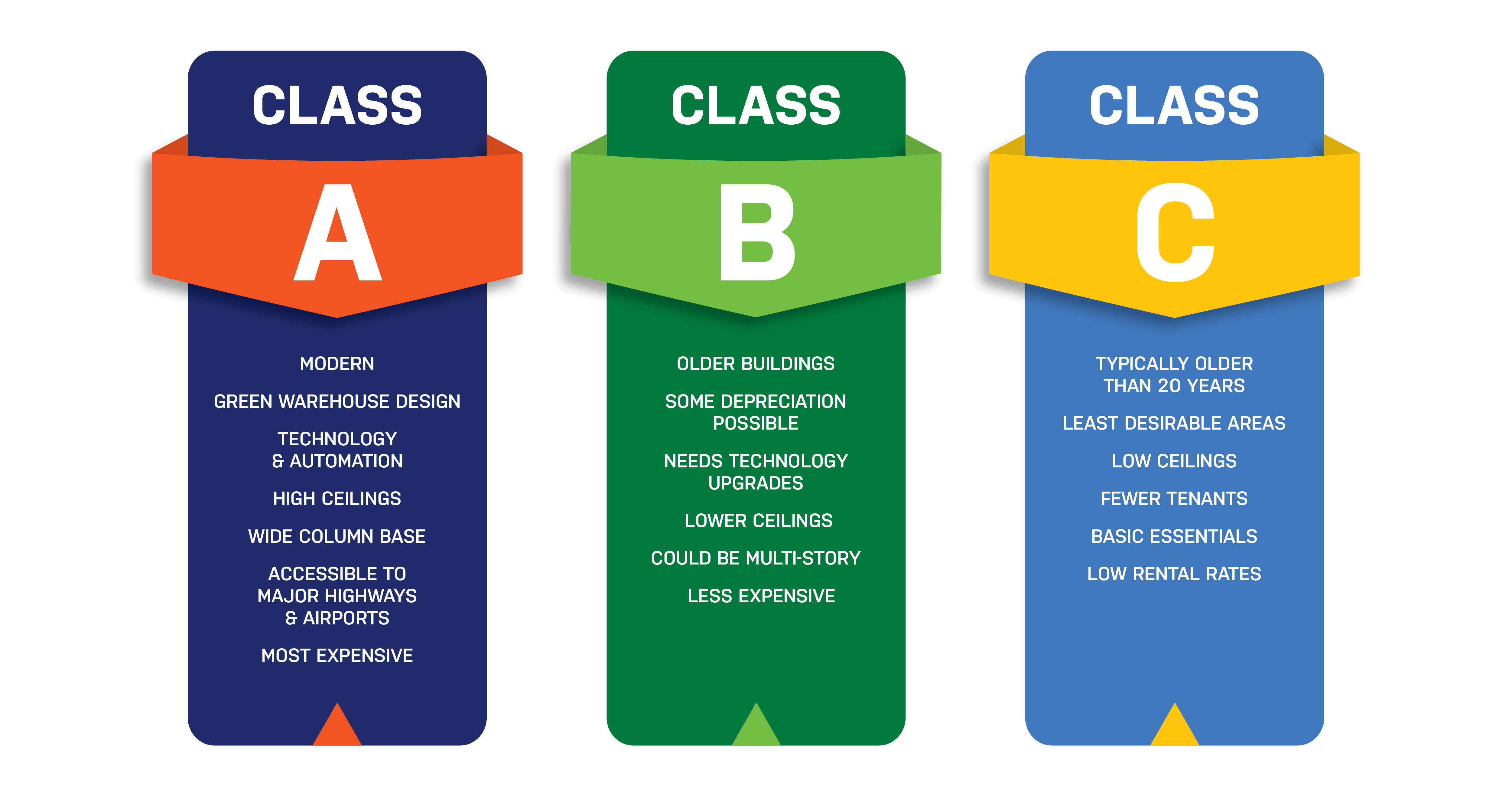You’re looking for a supply chain partner who can warehouse, inventory, fill orders, and ship your goods to customers, so you issue a Request for Proposal to third-party warehousing companies capable of providing the distribution services your company needs. Potentially, thousands of pallets will be stored in the facility along with hundreds of different items (skus). Multiple truckloads and maybe even rail boxcars will be received and shipped daily.
A 3PL warehousing company receiving the RFP may need to look for a warehouse suitable for storing your goods and efficiently filling orders based on the number of pallets you plan to hold in inventory and the volume of orders and goods you will ship from the distribution center daily. The 3PL might rely on the help of an industrial real estate broker who will work closely with the 3PL and sometimes directly with their customer to gather information for pinpointing the best building options for the benefit of both the 3PL and their customer.
Determining the class of building needed is often one of the first criteria for narrowing down options. This decision hinges on many things, with the basics being:
- Desired location
- Square footage needed
- Required ceiling height
- Number of dock doors
- Rail siding
- Trailer parking
Building Class
Classification standards for industrial buildings vary based on the area in which they are located and the market. For example, a Class B facility in a newly developed industrial area might be categorized as a Class A facility in an area that is a little older. Although the classification is subjective and based in part on market perception, there are some basic guidelines:

Have a clear plan of the type of warehouse you desire and keep in mind the type of products you are storing plays a large part in determining what class of warehouse will work best. Consumer packaged goods, food, things medically related, and anything high value such as electronics require a Class A building. Class B buildings are ideal for appliances, some electronics, and other non-food-related items in bulk, and Class C buildings are usually suitable for low-value commodities, textiles, building materials, plastics, and metals. Understanding the differences between industrial building classifications will help you and your 3PL provider narrow down your search for the best warehouse facility to meet your distribution needs.
Resources:
Complete Guide to Warehouse Classification by Classes | WareTeka
What is an international-standard Class A warehouse? | Agility
Understanding Industrial Building Classifications | Iskalo Development Corp.
The Shippers Group is a leading national third-party logistics company headquartered in Dallas, Texas providing supply chain support to brand leaders and market innovators in industries including food and consumer packaged goods. With food-grade multi-client and dedicated distribution facilities in the United States, The Shippers Group provides supply-chain solutions with outsourced warehousing, transportation, contract packaging, and e-commerce fulfillment services. Since 1901, The Shippers Group has relied on core values of integrity, innovation, excellence, and safety to grow customer relationships, focus on continuous improvement, and engage sustainable business practices that deliver results. More information is available at www.theshippersgroup.com.

